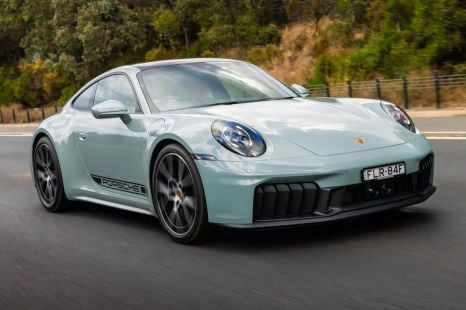

Alborz Fallah
2025 Porsche 911 T-Hybrid review
5 Months Ago

Publisher
Australian deliveries of the seventh-generation Nissan Z start in September, with more than 1200 orders to date and counting.
But the entire product may never have come to exist if not for Nissan’s decision to carry over a significant amount of research and development, and parts, from the previous-generation 370Z, and to use a group engine from Infiniti.
The new Nissan Z project started in March 2017, with a hand-written note by the man most synonymous at Nissan with the GT-R and Z: Hiroshi Tamura.
The note, written in Japanese, set out to provide reasons the 370Z was no longer selling as well as the company had hoped, but also set some targets for what the next-generation model should be.
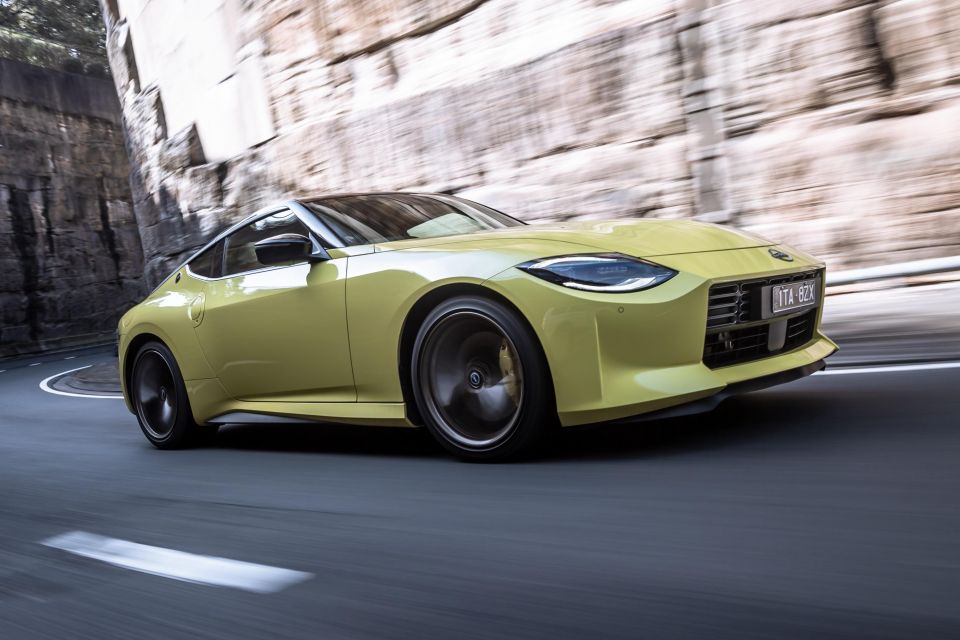
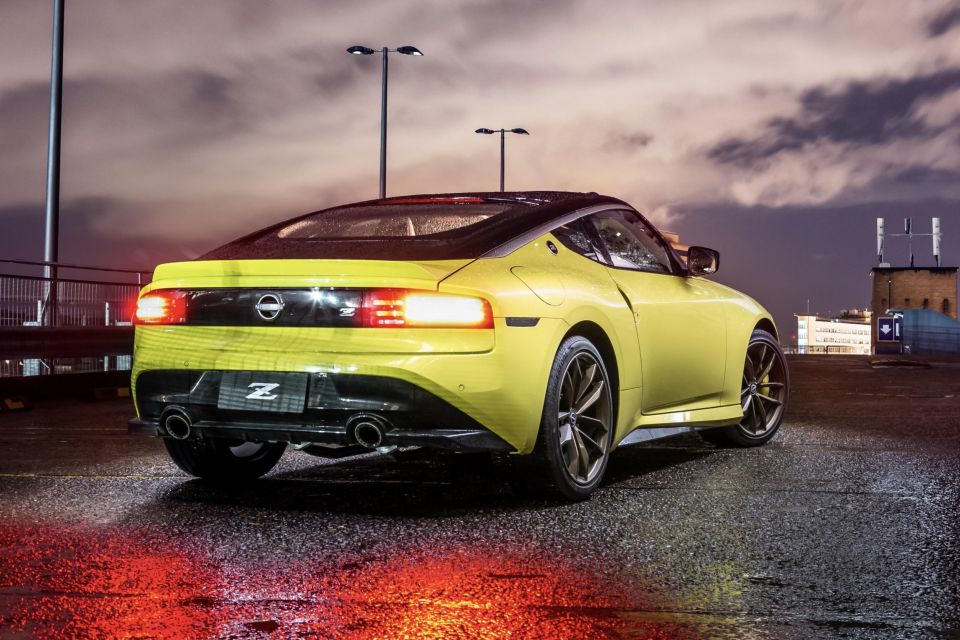
By Mr Tamura’s own admission, updating the Z was probably not high on Nissan’s agenda at the time given the Japanese giant’s internal struggles in 2017.
According to the note, the 370Z’s poor sales were down to its exterior design, performance, and the lack of updates. The targets were set for the new model to have an all-new exterior, partial interior update, and around 400hp (298kW), which could only be delivered with a twin-turbo engine.
Nonetheless, the only way the Z project was given the green light was due to the utilisation of an existing platform and parts.
“To be honest, [for] around 80 per cent of the body we changed the parts,” Mr Tamura told CarExpert about the Nissan Z, and part sharing with the 370Z.
“[However], carryover of parts is very important for us and carryover means reality of affordability so you will be able to enjoy some affordability.”
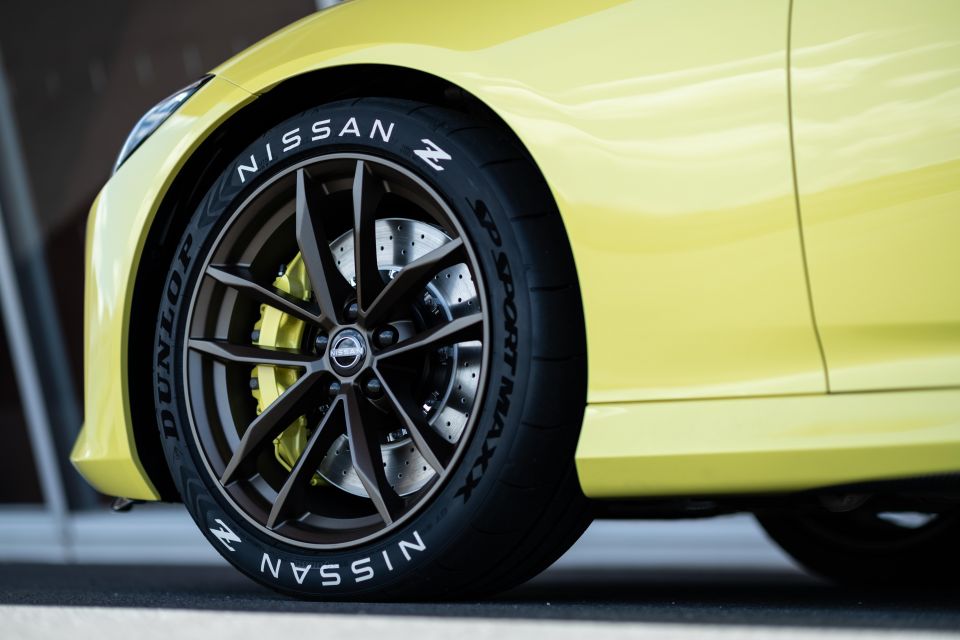
The new Nissan Z uses the same platform, manual transmission and architecture as the 370Z while making use of a nine-speed automatic transmission used previously in cars like the Nissan Frontier.
The heart of the Z comes from the Infiniti Q60 Red Sport, with the 3.0-litre twin-turbo V6 with variable valve timing and quick-spooling small-diameter turbochargers putting out 298kW of power and 475Nm of torque.
Mr Tamura told CarExpert had he approached the powers that be at Nissan with expensive production and R&D costs to create the new Z on a brand-new architecture, it may never have come to life.
“I already spent in this society around 40 years, which means I have experience… so easy to imagine for reaction of result [for an all-new platform]. We need to have some stretch, but not too much dream and stretch.”
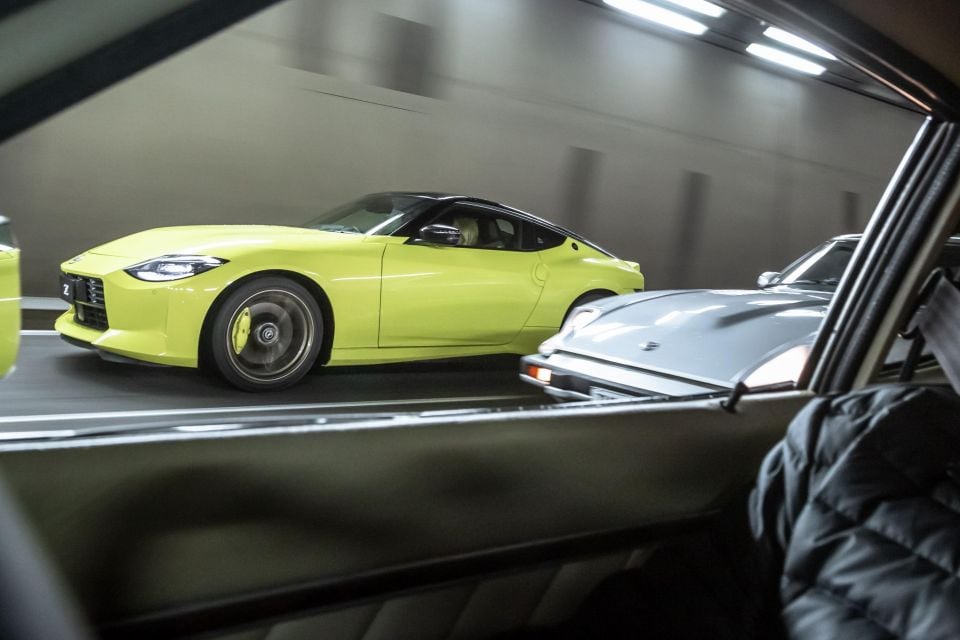
He believes Nissan’s approval to get the new Z to market was due to its affordability for both the company and customers, being able to produce a vehicle that could meet performance expectations thanks to the twin-turbo engine already developed for Infiniti and the platform that existed for the 370Z.
Mr Tamura says ‘from sixth sense and experience’ he managed to carefully get the vehicle to production with the set target goals of performance, modern design and drivability, without having the project stall due to potentially high costs.
Nissan sold 5244 370Zs in Australia, up from 4990 sales of the 350Z. The new Z is expected to have a higher overall sales number over its lifetime, with the market for sports cars in that segment set to grow from around 10,000 a year to 14,000 or 15,000 by 2026.
Where expert car reviews meet expert car buying – CarExpert gives you trusted advice, personalised service and real savings on your next new car.
Alborz is the founder of CarAdvice (sold to Nine and now Drive) and co-founder of CarExpert. He is an honourary adjunct professor & entrepreneur in residence at the University of QLD. He loves naturally-aspirated V8s, V10s and V12s and is in denial about the impending death of the internal combustion engine. The best way to reach him is via Instagram.


Alborz Fallah
5 Months Ago
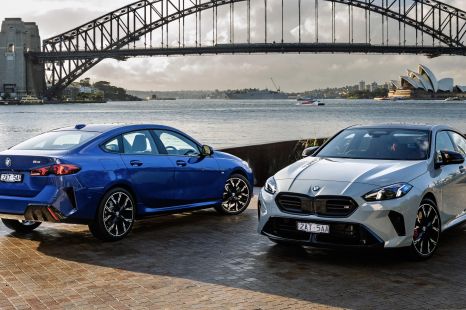

Max Davies
3 Months Ago
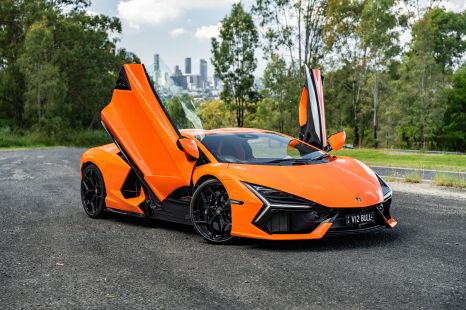

Alborz Fallah
1 Month Ago
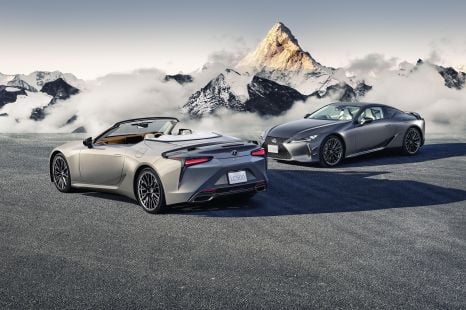

William Stopford
28 Days Ago


James Wong
21 Days Ago
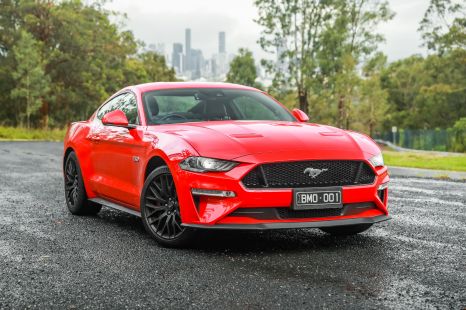

William Stopford
21 Days Ago